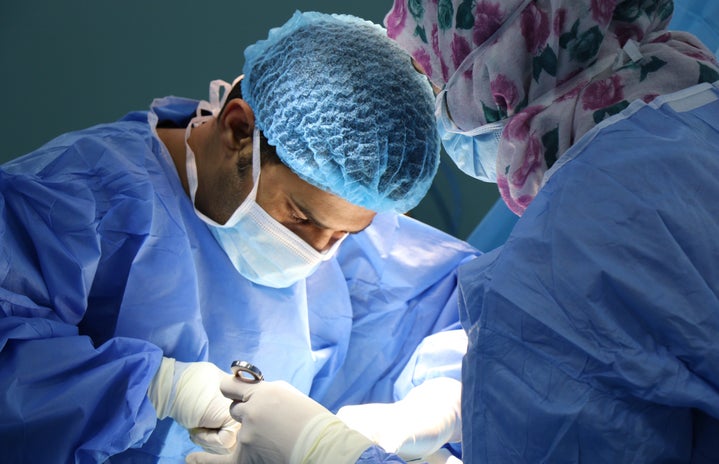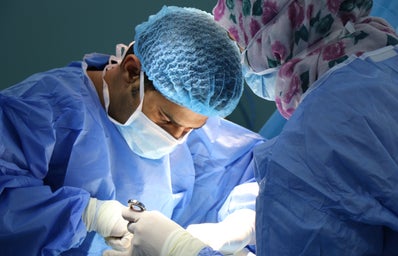You have more money, you get better care—that’s just the way the U.S. healthcare system works. When two people have the same disease, one person might have the resources to access treatment and eventually recover, while the other suffers lifelong consequences. The root of this inequity is often found in socioeconomic differences.
One disease that exemplifies this injustice is breast cancer, which is caused when cells divide abnormally in the breast tissue. This irregular mitosis leads to symptoms like lumps in the breast, inverted nipples, dimpling, flaking of the areola and redness or dryness of the breast skin. Due to hormones like estrogen and progesterone, women are disproportionately affected by breast cancer. In general, older and obese women are at higher risk of developing breast cancer. Other risk factors are a family history of the disease, experience with radiation therapy and regular alcohol consumption.
Treatments for breast cancer start with screenings and preventative measures. For people at average risk, this means getting regular mammograms, establishing an exercise routine, eating a healthy diet and avoiding postmenopausal hormone treatments. But for people at high risk, more extreme measures are often the best path to reducing the chance of developing breast cancer. This could involve estrogen-blocking medications and mastectomies, or surgical breast removals.
Even though treatments for breast cancer are well-researched and generally effective, they’re not always available to every patient. Inaccessibility to treatment is often linked to socioeconomic status. Low-income people are often completely without insurance or must rely on government-provided Medicaid. This makes it difficult to pay for expensive treatments like radiation, chemotherapy and surgery.
Even if a patient has Medicaid, their access to necessary care varies throughout the country. This is because coverage for treatments like prescription drugs, physical therapy and hospice care is decided on a state-to-state basis. With this system, whether a person lives or dies can depend on what state they live in.
Medicaid also covers fewer cancer treatments than both private insurance companies and Medicare, including tumor biomarker testing. This means that low-income people may not be able to get breast cancer screenings as often as more affluent people can. In addition, poor people are more likely to delay going to see a doctor at all because of a lack of funds and restrictive insurance coverage. When they do eventually make an appointment, their illness may have progressed more so than the average patient.
Even without considering access to specific treatments, low-income people are already at higher risk for breast cancer. This is because they are more likely to struggle with risk factors like obesity and alcoholism. They are also less likely to have the time to commit to exercise or the money to devote to a healthy diet. And in communities where addiction runs rampant, overconsuming alcohol may become the norm. These cultural behaviors place poor communities at an unfair disadvantage.
The U.S. healthcare system values its patients’ socioeconomic status more than their personhood. A person’s access to care is directly related to their finances. This means that people who bring in the lowest incomes—who struggle the most to buy groceries and pay the bills—carry the heaviest burden when it comes to healthcare. Instead of helping the sick and poor, the system creates a cycle of ill health and financial hardship.
The recent passing of the Inflation Reduction Act (IRA) has lowered prescription drug prices and out-of-pocket expenses for recipients of Medicare, but the IRA is only the first step toward a more equitable healthcare system. We need an institution that guarantees effective and accessible care for all—and that will take rebuilding from the ground up.


